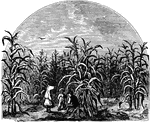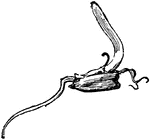Search for "cereal"
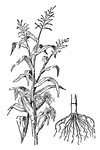
Indian Corn
Indian Corn or Maize is a well known species of cereal. It is used as food and is gathered in October…

Rice
An annual cereal plant native to India, but now extensively naturalized and cultivated for its seed.
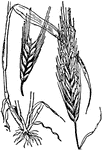
Rye
An import cereal plant. It is native to the Levant but is cultivated extensively in temperate climates,…
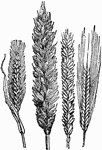
Wheat
An important and largely cultivated cereal. It is excelled by rice alone with reference to the number…

Rye Grain
A species of grain of which there are several varieties It is an esculent grain bearing naked seeds…

Hessian Fly
The hessian fly or barley midge, Mayetiola destructor, is a species of fly that is a significant pest…
Barley
Barley is a cereal grain derived from the annual grass Hordeum vulgare, a common barley. It serves as…

Barley
Barley is a cereal grain derived from the annual grass Hordeum vulgare, a common barley. It serves as…
Oat
The common oat (Avena sativa) is a species of cereal grain grown for its seed. While oats are suitable…

Indian Corn
Maize known as corn by most English-speakers, is a cereal grain domesticated in Mesoamerica and subsequently…
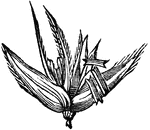
Indian Corn
Maize known as corn by most English-speakers, is a cereal grain domesticated in Mesoamerica and subsequently…

Indian Corn
Maize known as corn by most English-speakers, is a cereal grain domesticated in Mesoamerica and subsequently…

Indian Corn
Maize known as corn by most English-speakers, is a cereal grain domesticated in Mesoamerica and subsequently…

Barley
"Barley, the name of several cereal plants of the genus Hordeum, order Gramineae (grasses), yielding…

Fodder Harvesting Machine
Corn makes a greater quantity of epigeous mass than other cereal plants, so can be used for fodder.…
Stem Rust
Also known as Puccinia graminis. This fungus is a significant detriment to cereal crops. It is currently…

